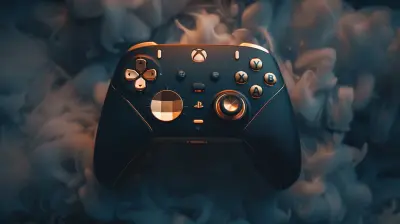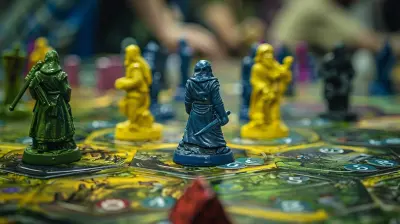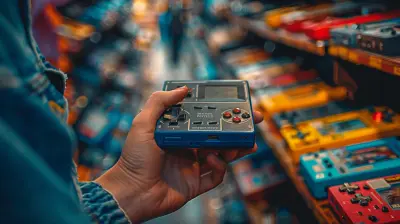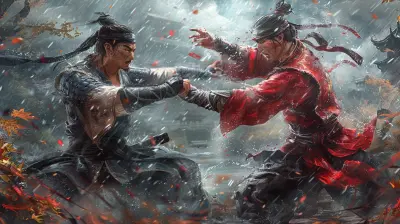Mastering Game Mechanics: The Art of Movement in Platformers
10 May 2025
Platformers. They're a genre we all know and love. From the pixel-perfect jumps of Super Mario Bros. to the wall-grabbing finesse of Celeste, platformers are the bread and butter of gaming nostalgia and innovation. But what makes a great platformer? Is it the level design? The characters? The music? Sure, all those things are important, but none of them matter if the movement isn’t spot-on.
Movement in platformers is like the rhythm in a dance – it’s the foundation that everything else builds upon. So, let’s tighten our laces, adjust our double jumps, and dive into the art of movement in platformers.
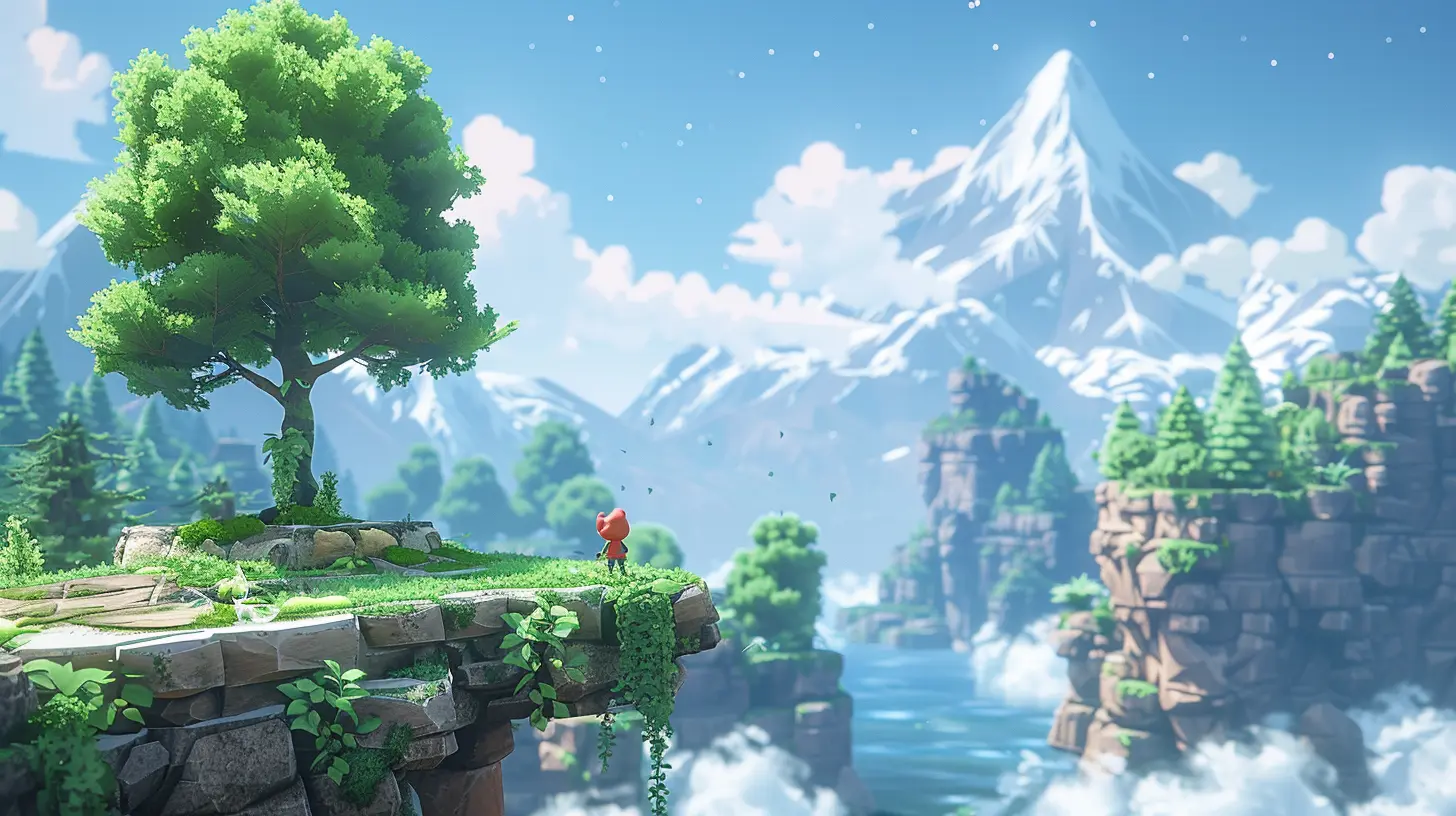
Why Movement Matters in Platformers
Ever feel like you’re walking on ice in a game where you’re supposed to have precise control? Frustrating, isn’t it? That’s because movement is the heart of platformers.If shooting mechanics define an FPS and strategy defines an RTS, then movement is the soul of platformers. It’s what connects you to the game’s world, lets you interact with its challenges, and (hopefully) gives you that sweet sense of accomplishment when you pull off a tricky sequence.
You know that satisfying feeling when you perfectly time a jump to land on a moving platform? That’s not luck; that’s polished movement mechanics doing their job.
The Role of Physics in Movement
Let's geek out for a minute, okay? Good platformer movement is all about physics. Not the falling-apples-in-a-lab kind (though… kinda?), but how the game makes you feel the weight of your character.Take Mario, for example. He doesn’t just jump straight up and down like a pogo stick. His jumps have arcs, momentum, weight. When you hit the jump button, you can almost feel his legs pushing off the ground. This is intentional—and it’s super important.
Now compare that to a poorly designed game where jumping feels floaty, like you’re weightless in space. It’s hard to get invested in the gameplay when the movement doesn’t feel grounded, right? That’s why getting the physics just right can make or break a platformer. 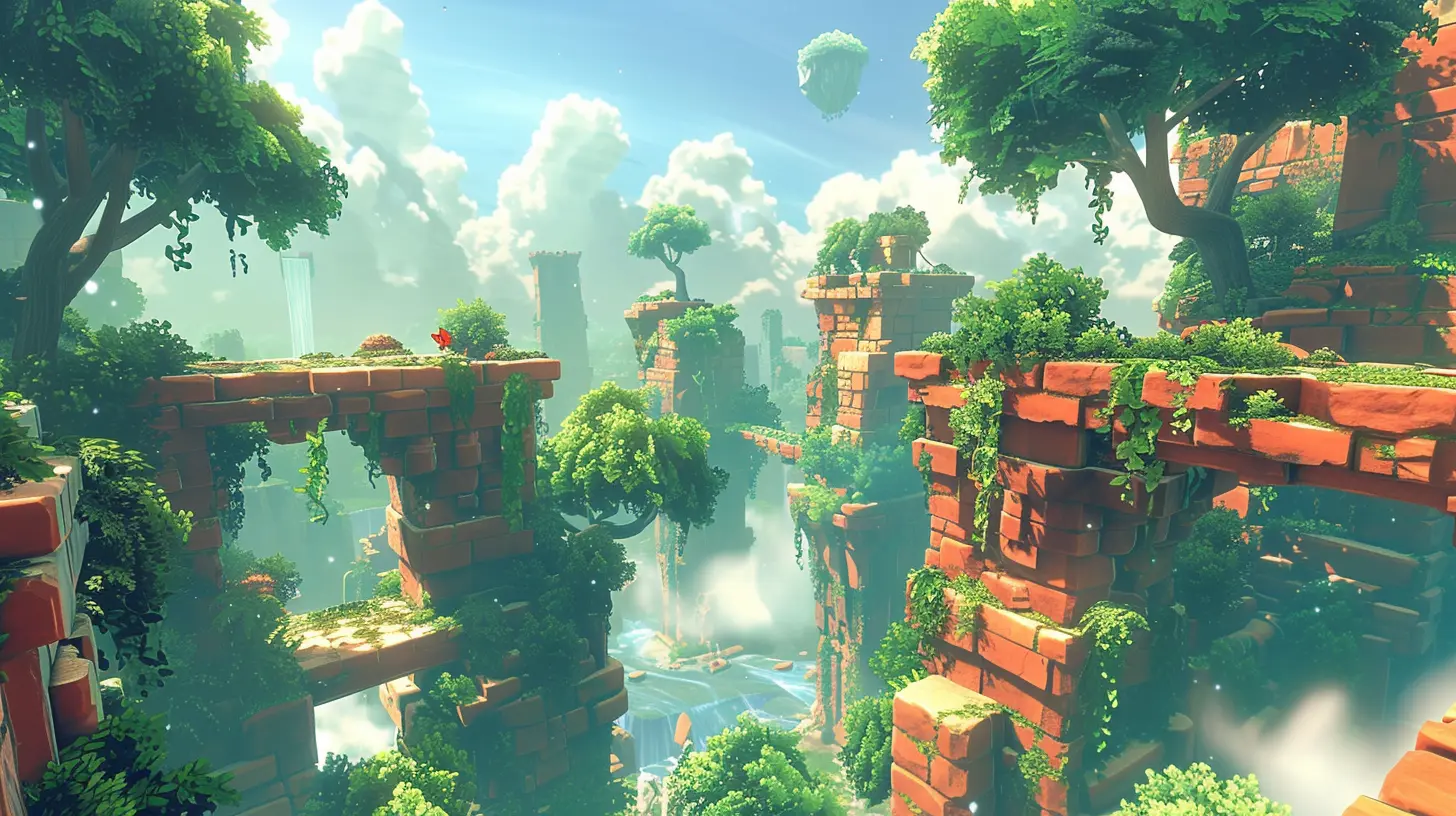
Types of Movement Mechanics
Platformers aren’t one-size-fits-all. Some focus on precision, others on speed, and some don’t care how you move as long as you have fun. Let’s break down some common movement styles you’ll find in platformers.1. The Classic Run-and-Jump
Ah, the bread and butter of platformers. Games like Super Mario Bros. popularized this simple yet oh-so-perfect formula. You can run, you can jump, and that’s pretty much it. But here’s the genius part: simplicity doesn’t mean boring.In these games, it’s all about mastering timing and momentum. Whether you’re nailing a jump to avoid a pit of lava or bouncing off an enemy’s head to reach a secret area, the run-and-jump is timeless.
2. Double Jumping – The Gift From The Gods
Whoever first thought, “Hey, what if you could jump… and then jump AGAIN in mid-air?” deserves a standing ovation. The double jump is a staple in platformers because it changes everything.With a second jump, players get a safety net. Miss the platform on your first jump? No problem, adjust mid-air and save the day. Games like Hollow Knight and Ori and the Blind Forest use double jumps to add verticality and offer players a sense of freedom.
3. Wall Jumping and Wall Running
For when running and jumping alone aren’t enough! Wall jumps first became iconic in games like Super Metroid. You scale walls by bouncing off them, opening up a whole new dimension of movement.Now, take that concept, crank it up to 11, and you get wall running. Games like Mirror’s Edge and Celeste make you feel like a parkour ninja as you zip across walls like it’s second nature. Seriously, who wouldn’t want to scale walls like Spider-Man?
4. Grappling Hooks and Swinging Mechanics
Okay, this is where movement gets wild. Grappling hooks and swing mechanics are the ultimate tools for unleashing your inner Tarzan.Games like Bionic Commando or Ape Escape make swinging through levels feel exhilarating. There’s something undeniably fun about defying gravity as you swing from hook to hook, your momentum carrying you across massive gaps. (Pro tip: The key is timing, just like a real pendulum!) 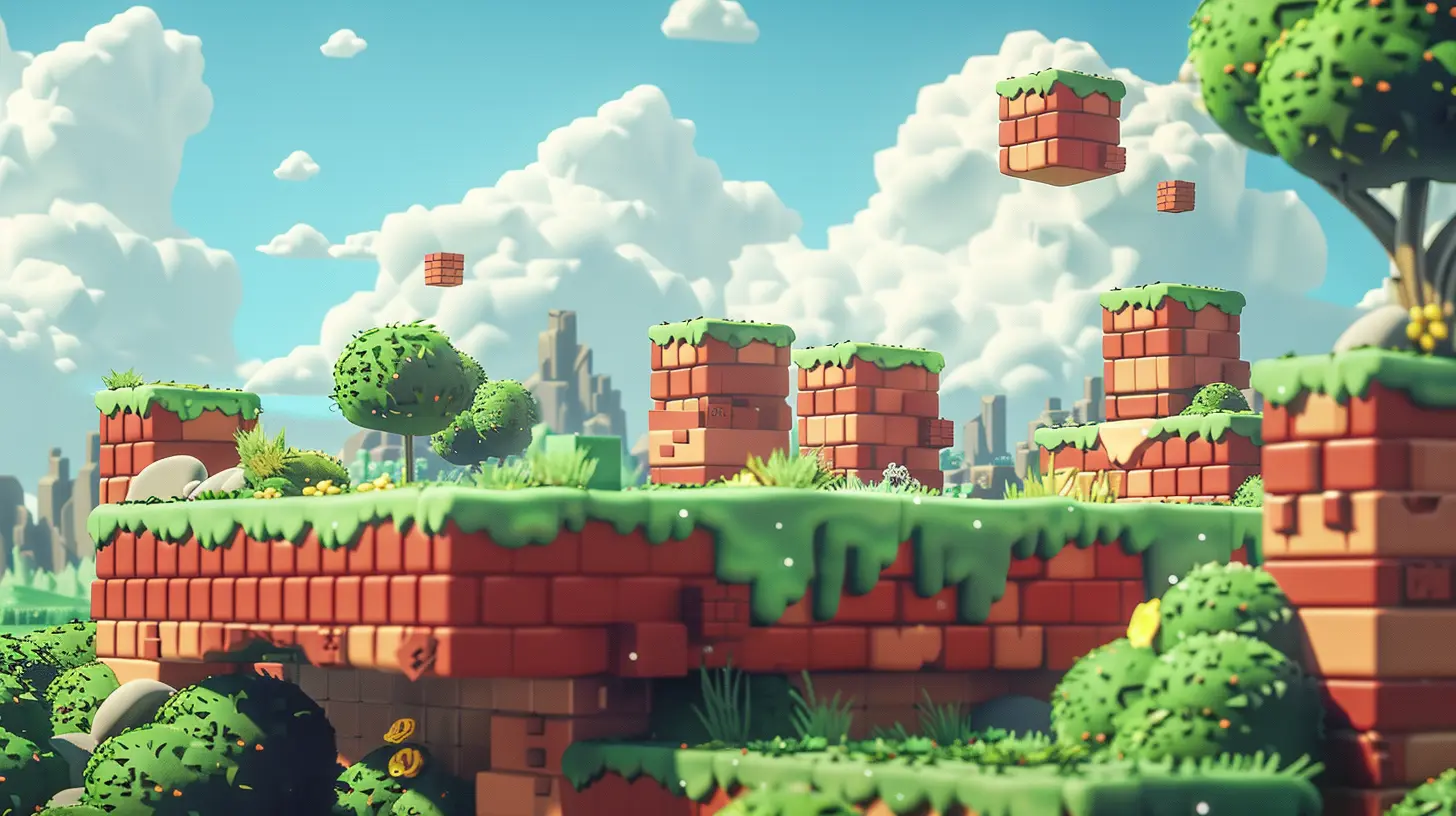
Designing Movement That Feels Right
So, what exactly makes good movement? Is it just about copying what’s worked before? Not quite. Let’s dive into a few elements that developers obsess over when designing movement mechanics.1. Responsiveness
Ever played a game where pressing a button feels like it takes a century to register? Yeah, no thanks. Good movement relies on responsiveness. When you press “jump,” your character should jump. No delays. No second guesses.2. Momentum
Momentum is what gives movement that sweet, natural flow. A character shouldn’t stop on a dime unless it makes sense for the gameplay. Games like Sonic the Hedgehog are built around momentum—start slow, build speed, then zoom through loops at breakneck pace. Without that, Sonic wouldn’t be the beloved blue blur we know today.3. Mastery and Skill
The best platformers reward skill. They don’t just hand you success on a silver platter—you have to work for it. Games like Celeste are punishing but fair. Every pixel-perfect jump is a mini victory, and that’s what keeps players hooked.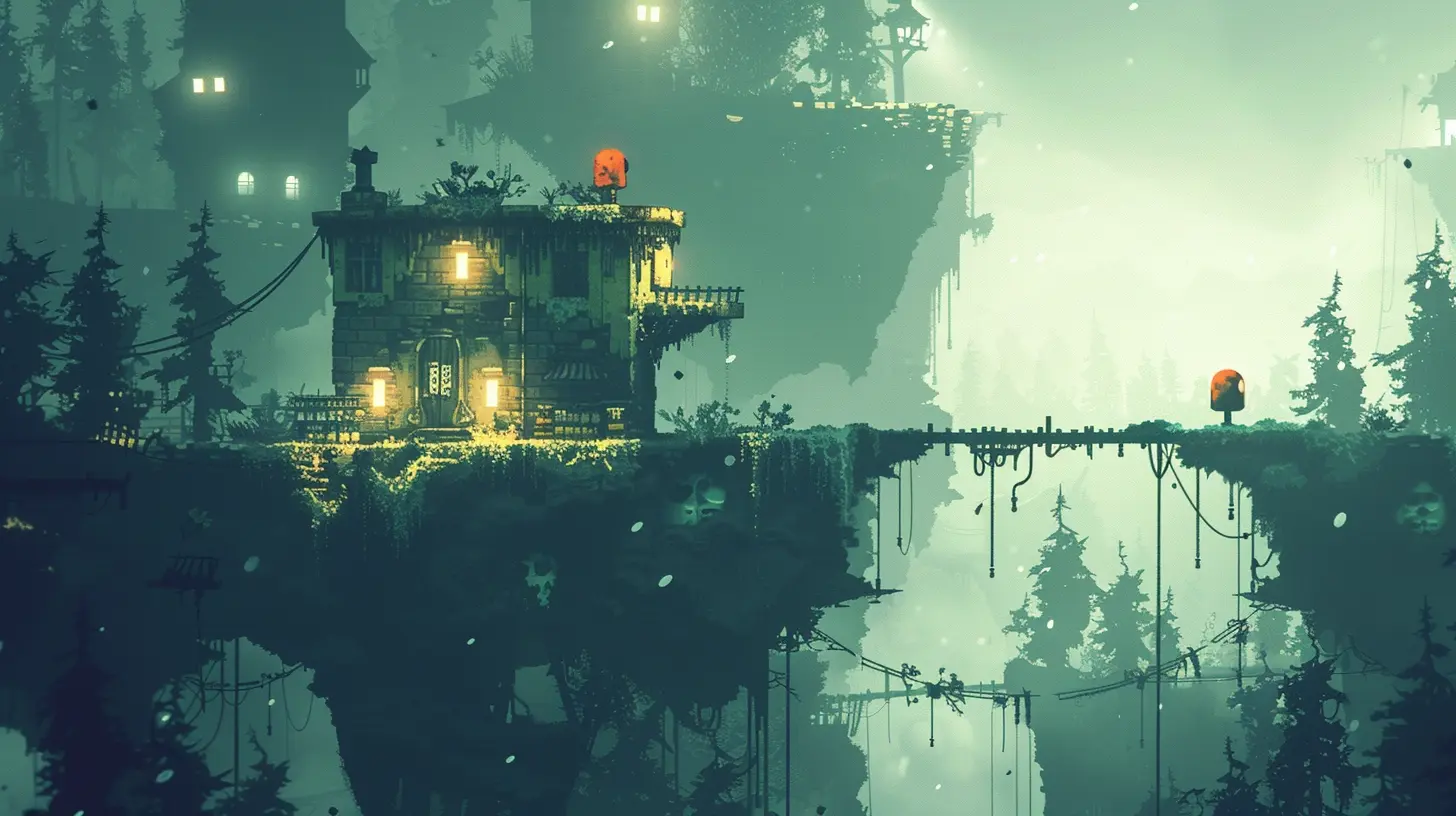
Common Pitfalls in Movement Design
Of course, not every platformer nails movement mechanics. Let’s call out a few common mistakes, so we know what to avoid.1. Overly Complex Controls
Nobody wants to memorize a 12-button combo just to jump over a puddle of water. Simplicity is key. There’s a reason why Mario can be controlled with just a D-pad and two buttons—it works.2. Floaty Physics
We’ve all experienced this: you jump, and your character seems to hover like they’re made of helium. It completely breaks immersion. Weight and gravity need to feel real (even if you’re playing as a cartoon raccoon).3. Punishing Inertia
Momentum is great, but if you’re slipping and sliding like you’re on an ice rink, that’s a problem. Inertia should add challenge, not chaos.The Joy of Movement
There’s a reason movement in platformers feels so satisfying—it taps into something primal. Jumping, running, swinging… it’s like being a kid again, exploring a playground without a care in the world.Great movement mechanics turn players into adventurers. They make you feel like you can tackle any obstacle, scale any wall, and run forever. And when it all clicks? Chef’s kiss. You’re not just playing the game; you’re living it.
Final Thoughts
Mastering movement in platformers is an art form. It’s about creating mechanics that feel intuitive yet rewarding, simple yet full of depth. Whether you’re a gamer or an aspiring game dev, it’s worth taking a moment to appreciate the thought and effort that goes into making a character move just right.So, the next time you’re executing a flawless double jump or wall-running your way through a level, give a little nod to the devs who made it all possible. After all, behind every smooth jump is hours—no, months—of design and testing.
And hey, if you’re dreaming of making your own platformer one day, there’s no better place to start than mastering the art of movement. Now go out there and jump to your heart’s content!
all images in this post were generated using AI tools
Category:
Game MechanicsAuthor:

Leandro Banks
Discussion
rate this article
4 comments
Naomi McAleer
Fantastic insights on mastering movement in platformers! Each jump and dash you perfect is a step towards unlocking your potential as a player. Embrace the challenge, refine your skills, and let every game inspire you to reach new heights. Keep pushing forward!
May 21, 2025 at 4:51 AM

Leandro Banks
Thank you! I'm glad you found it insightful. Embracing the challenge is key to growth in platformers—happy gaming!
George McElroy
Great insights on platformer movement! Your analysis of game mechanics highlights their importance in player experience. Looking forward to more articles that explore this fascinating topic!
May 18, 2025 at 4:55 AM

Leandro Banks
Thank you! I'm glad you found the insights valuable. Stay tuned for more in-depth articles on game mechanics!
Ace Cole
Fascinating insights! I'm curious about how different movement mechanics can reshape player experiences across genres. Do you think mastering these mechanics is more about skill or design? Looking forward to your thoughts on this!
May 15, 2025 at 4:19 AM

Leandro Banks
Thanks for your comment! I believe mastering movement mechanics is a blend of both skill and design. While well-crafted mechanics can enhance player experience, it ultimately takes practice and skill to fully utilize them. Looking forward to exploring this further!
Fern Coleman
This article brilliantly highlights how mastering movement mechanics in platformers not only enhances gameplay but also deepens player engagement. By understanding the nuances of momentum and control, designers can create more immersive and rewarding experiences.
May 13, 2025 at 3:19 PM

Leandro Banks
Thank you for your insightful comment! I'm glad you found the article highlights on movement mechanics and player engagement valuable. Mastery of these elements truly transforms the gaming experience!
